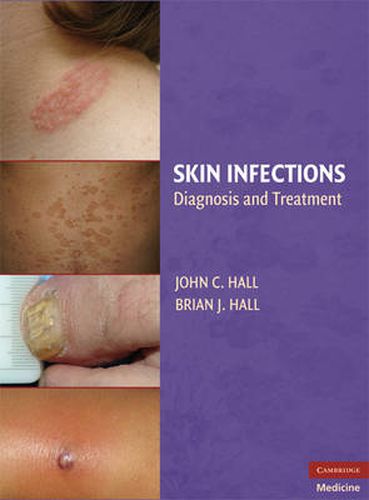Readings Newsletter
Become a Readings Member to make your shopping experience even easier.
Sign in or sign up for free!
You’re not far away from qualifying for FREE standard shipping within Australia
You’ve qualified for FREE standard shipping within Australia
The cart is loading…






This is the first textbook linking the two disciplines of dermatology and infectious diseases. As the number of elderly, AIDS, transplant and cancer surviving patients continues to rapidly increase worldwide, all medical personnel need to be able to rapidly recognize and treat infections. The skin is the most easily accessed and monitored of all organs and is often the first sign of infection. Knowledge of the integument’s link to infection is a must for the modern medical nurse, nurse practitioner, medical student, resident and practitioner. To accomplish these goals, the text features authors from around the world who are considered experts in their various fields of expertise. The book is organized into types of infections, locations in the integument, and specific subpopulations of patients at risk and regional variations of infections.
$9.00 standard shipping within Australia
FREE standard shipping within Australia for orders over $100.00
Express & International shipping calculated at checkout
This is the first textbook linking the two disciplines of dermatology and infectious diseases. As the number of elderly, AIDS, transplant and cancer surviving patients continues to rapidly increase worldwide, all medical personnel need to be able to rapidly recognize and treat infections. The skin is the most easily accessed and monitored of all organs and is often the first sign of infection. Knowledge of the integument’s link to infection is a must for the modern medical nurse, nurse practitioner, medical student, resident and practitioner. To accomplish these goals, the text features authors from around the world who are considered experts in their various fields of expertise. The book is organized into types of infections, locations in the integument, and specific subpopulations of patients at risk and regional variations of infections.